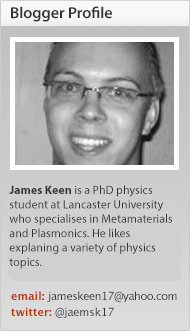« Prev Next »
Physicists have figured out how to move an object in three dimensions without the need for any physical contact, just by the clever use of magnets.
Magnetic Levitation, MagLev for short, is the process where strong and spatially varying magnetic fields exert forces on an object in such a way that is sufficient to counteract its weight due to gravity, allowing the object to ‘float' off of the ground. MagLev is achieved using a system of magnets, with the magnetic fields providing an upwards force that lifts the object up and keeps it suspended.
In this alternative method a non-magnetic object is suspended within a magnetic liquid, a substance known as a paramagnetic fluid.

The object was therefore able to be rotated in three dimensions, without any contact, just by changing the positions of the magnets and the strengths of their magnetic fields exerted on the object.
The researchers work has been puslished in PNAS journal. Future work will now focus on studying objects of different materials and creating a more complex setup comprised of more magnets, with the aim to develop a system capable of manipulating and assembling together multiple objects within the fluid-filled chamber. The setup requires further refinement but this limited demonstration shows huge potential for real world applications, with this process particularly sought after in assembly lines producing delicate and intricate electronic components and devices.
Image Credits:
Schematic of MagLev Experiement - George M. Whitesides Group, PNAS Journal, Subramaniam et al, 12980-12985, doi: 10.1073/pnas.1408705111






















